Aldabra giant tortoise (Aldabrachelys gigantea)
It certainly won’t fit in a terrarium or a cage. This enormous tortoise resembles a walking fortress with a peaceful disposition and great endurance. The Aldabra giant tortoise (Aldabrachelys gigantea) is not only one of the largest reptiles but also a living monument to the past, a silent witness to the evolution and changes that have affected our planet. On the Aldabra Atoll, where the sun caresses the rocky shores and the wind dances with the grasses, these majestic reptiles stride through time as if they knew its secret.
Their wanderings through dry, lowland areas are not only a search for water and food but also an act of creation – they shape “tortoise turf,” a unique ecosystem that teems with life. Each of their steps is an echo of ancient epochs, when the Earth was younger and humans had not yet disturbed its balance. Today, as they stand on the brink of extinction, their fate becomes a metaphor for our relationship with nature – full of both admiration and destructive ignorance. This is a story of survival, but also of what we lose when we look away.
Classification
- Kingdom: Animalia
- Class: Reptilia
- Order: Testudines
- Family: Testudinidae
- Genus: Aldabrachelys
- Species: Aldabrachelys gigantea
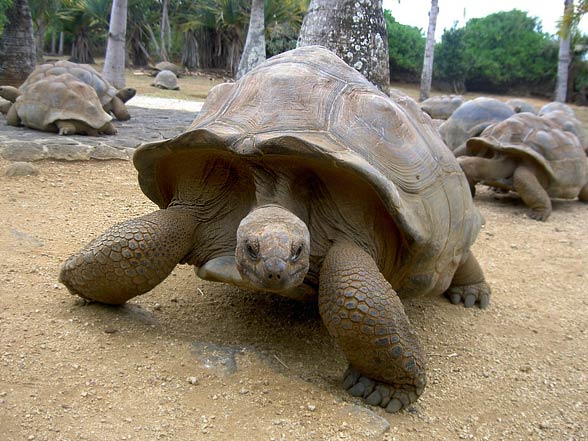
Characteristic
Areas of occurrence
The largest Aldabra giant tortoise population inhabits the Aldabra atoll in the Seychelles (Indian Ocean), isolated from human activity; many tortoises live on the Changuu island as well, close to Zanzibar. The giant tortoises also live in captivity in Rodriguez and Mauritius islands parks. The animal may adapt to various habitats: meadows, grasslands, low shrubbery, mangroves and seaside dunes.
Appearance
The carapace is usually brown, dark gray or almost black, shaped like a high dome. The legs are stocky, covered with scales (plates) and strong as they have to support a massive body. The neck is exceptionally long (even considering the large size of the animal) covered with soft skin. It allows the tortoise to reach the branches located even a meter above ground.

Size
It is similar in terms of size to the Galapagos giant tortoise (Chelodonis nigra). Average carapace length oscillates around 120 cm, with body mass reaching 250 kg (551 lb). The females are normally smaller than males, as they measure about 90 cm (35 in) and weigh around 150 kg (331 lb). It moves around slowly on its thick, yet short legs, ended with highly flattened feet that support its heavy body even on soft ground, especially on sand.
Shell – carapace (Latin carapax)
The shell consists of smooth, large plates and despite a thin structure (1-1.5 cm [0.4-0.6 in]) it is very pressure-resistant.
The males have longer and thicker tails than females.
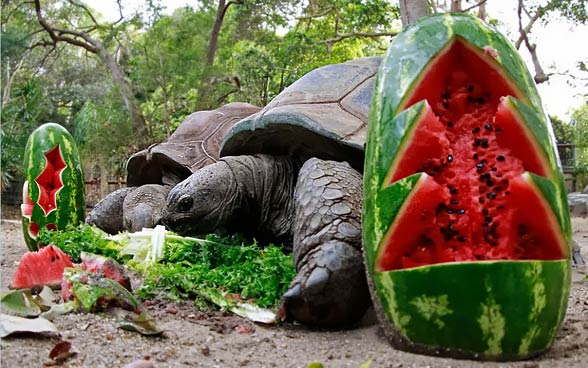
Diet
The Aldabra giant tortoise is mainly a herbivore, it eats grass, leaves and woody plant stalks. However it may taste a small invertebrate or carrion at times – including another tortoises as well. In captivity it likes to consume fruit (apples, bananas). As in its natural habitat it does not require much water, the moisture from its food satisfy its needs – as for the Australian koala ‘bears’.
Diet shaping the shell
The tortoise’s diet bears effect on the carapace shape: the animals living in habitats ample with low vegetation have taller, more dome-shaped shells that extend more towards the neck. As for the opposite – the tortoises that acquire food from taller plants have more flattened, seashell-shaped raised towards the front to allow the neck and head to reach high without constraints.
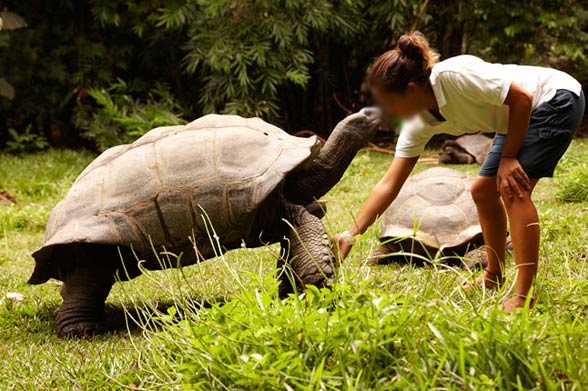
Coevolution
This tortoise spends most of its time searching for food and if it really wants a certain object it can even stand upright on its rear legs to reach higher branches. As a result of coevolution (interdependent evolution of two or more species) in its natural habitats, the so called ‘tortoise turfs’ emerged, consisting of over 20 various species of grass and herbs.
Many such formations in other areas grow substantially lower, their seeds appearing closer to the ground contrary to the tortoise turf formations – such alteration is aimed at preventing the animal from harming its jaw.
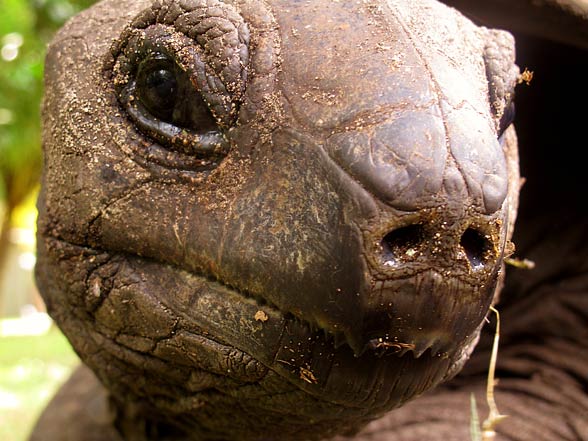
Lifestyle, behavior
The Aldabra giant tortoise may live both solitarily or in a group. Groups of tortoises tend to gather on open grasslands. It is most active in the morning, when it searches the nearby territories for food.
This tortoise digs underground burrows or rests in the swamps to cool down during hot days.
It usually is slow and careful, yet it can act with haste and perform risky, almost acrobatic stunts standing on its rear legs in search for food.
Leaning rearwards is always equal to risking its life as it may fall on its carapace, which leaves the tortoise helpless – it cannot roll over back again by itself.
This reptile is hardly even bothered by human presence, it does not fear people, which may be one of the reasons it is so effectively eradicated by hunters.
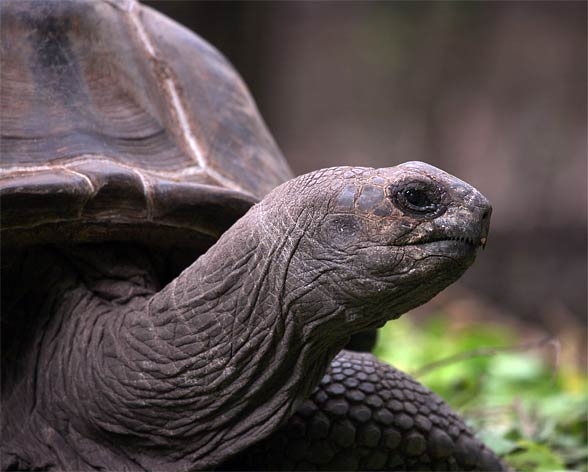
Breeding
The hatches occur between February and May, females lay from 4 to 14 eggs in the wild, while in zoos there are often 9-25 eggs, less than half of which are fertilized. The incubation lasts from 3.5 to 7 months, after which the babies are hatched. Such vast differences in incubation length stem from the disparity of habitats – in warmer regions the eggs need only about 110 days of incubation, while in colder temperatures they require prolonged care, about 250 days.
The eggs are laid in a dry nest with a shallow bedding. After being hatched, the babies are fully developed and independent.
Interestingly, the babies are all hatched practically in the same exact moment, during the 2 weeks close to the beginning of rain season. The rain however does not boost the pace of tortoises’ growth. They reach sexual maturity around 20-30 years of age: it depends more on the size of the animal, not the sole age.
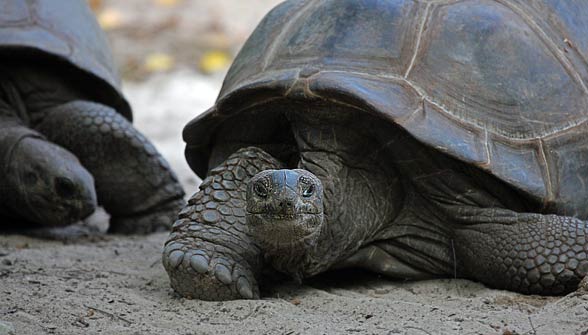
Detailed characteristic / size
Aldabra giant tortoise (Aldabrachelys gigantea)
- Carapace length:
- females: 90 cm (35 in)
- males: 120-122 cm (47-48 in)
- Body weight:
- females: 150-159 kg (331-351 lb)
- males: 250 kg (551 lb), the heaviest recorded: over 360 kg (794 lb)
- Lifespan: 80-120 years (the oldest tortoises can live more than 200 years)
The longest living tortoises – how long can a tortoise live?
The confirmed record of the oldest tortoise belongs to Harriet (Galapagos giant tortoise), which lived for 176 years (1830 – 23.06.2006). In 2006, the Aldabra giant tortoise named Adwaita also died at an unconfirmed age of about 255-256. There is one problem with confirming the tortoise’s age – these animals are never observed for such a long time – Adwaita supposedly lived as far back as 1750…
The radiated tortoise (Astrochelys radiata) named Tu’i Malila died in 1965 after living for about 188 years (allegedly: 1777 – 19.05.1965).
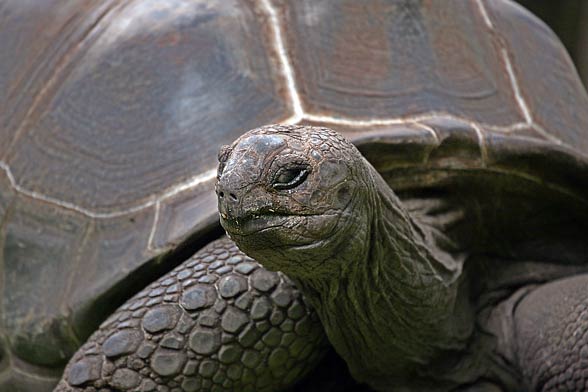
Aldabra giant tortoise – interesting facts
- The Aldabra atoll was secured from human interference becoming home for about 100 000 Aldabra giant tortoises. The atoll takes pride in having the largest population of these animals in the world.
- Aldabra giant tortoise is one of the largest tortoise species on the planet, it also has one of the longest lifespans in the animal kingdom.
- As the largest animal in its ecosystem the giant tortoise functions similarly to an elephant – through intensive tree (food) searches it creates paths that are subsequently used by other animals.
- The Aldabra giant tortoise once shared the atoll habitat with other giant tortoises, but vast majority of them became extinct between 18th and 19th century.
- One of the most serious harms done to the Aldabra atoll was bringing foreign animals e.g. goats, which eat the same food as tortoises, yet at an unbelievably fast pace.
- Due to loss of habitats caused by resettlements and the animals which devastate the ecosystem (dogs, goats), the Aldabra giant tortoise is a threatened species.


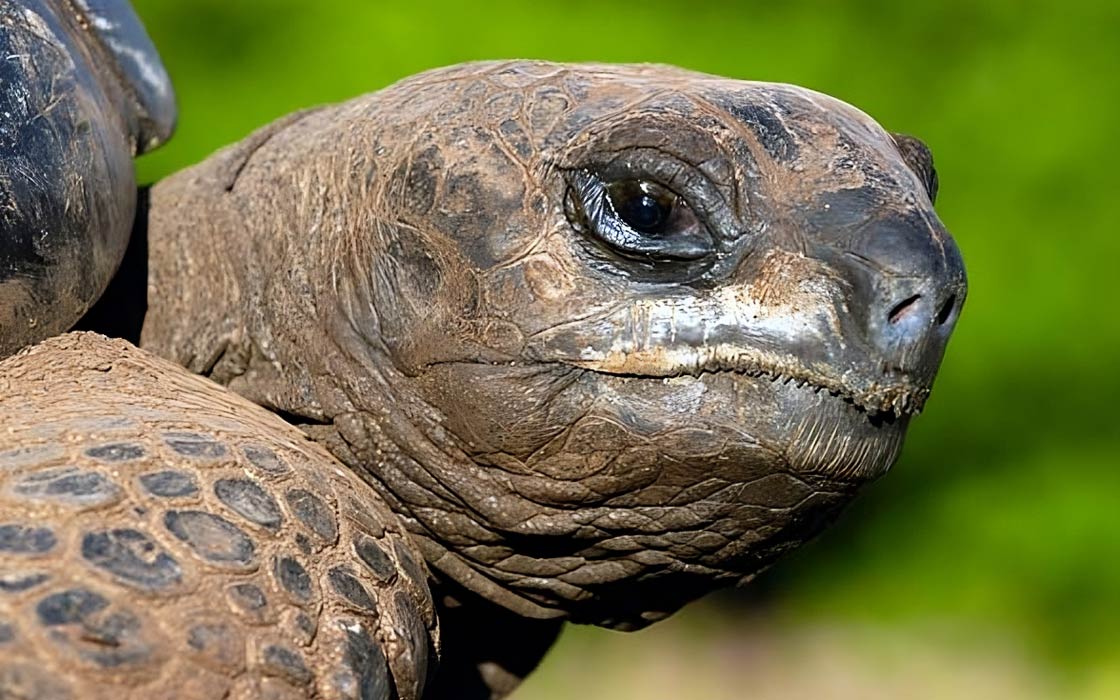
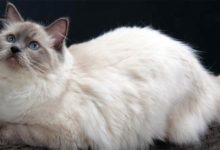
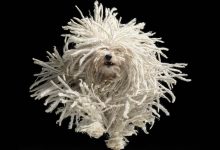
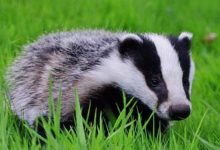
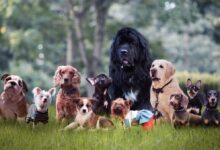

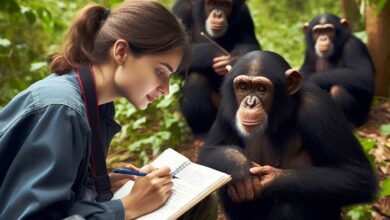
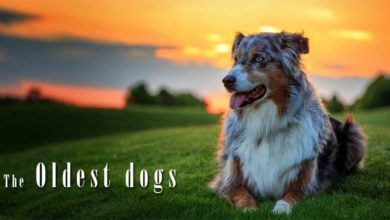
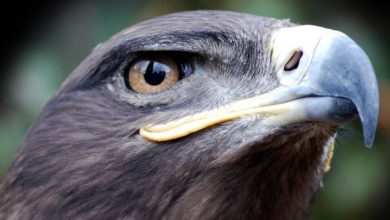
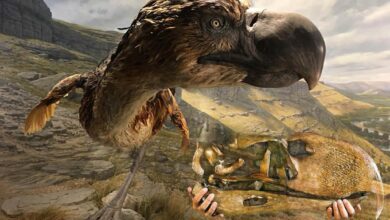
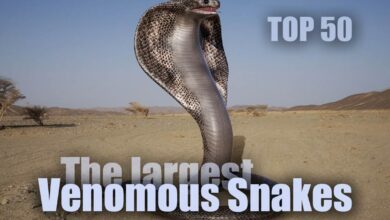
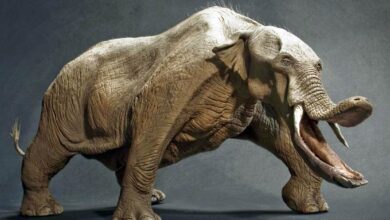
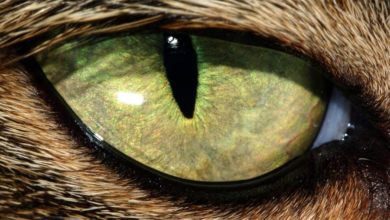
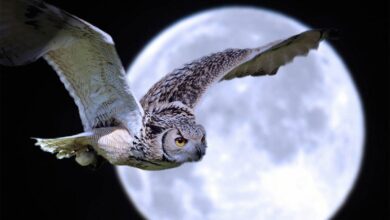

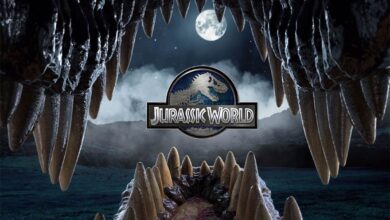

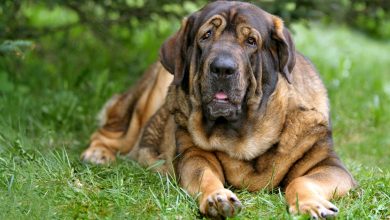
The third picture is a Sulcata tortoise. Nice job!